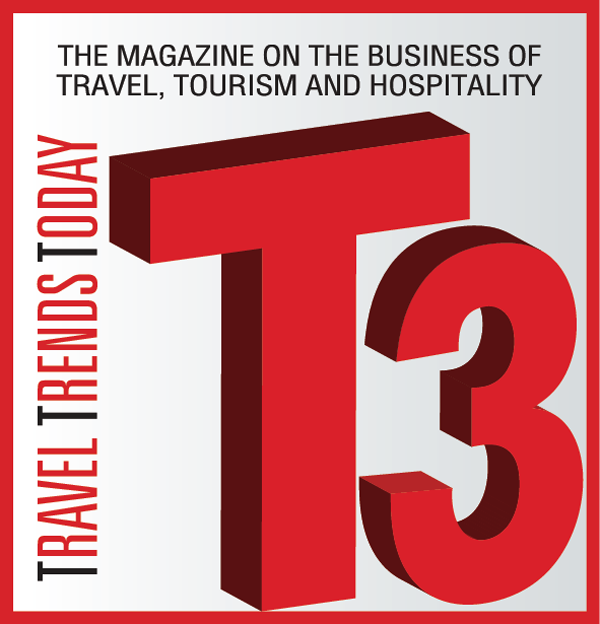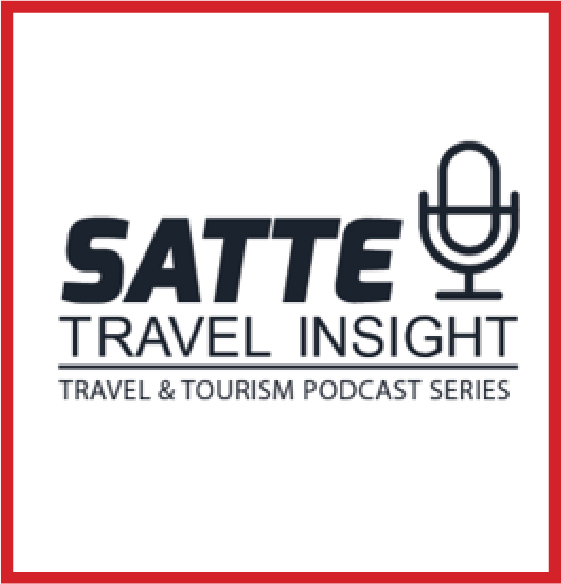Cultural Diversity’s Impact on International Traveler’s Intent
 Representative image
Representative image
Brand USA organized a webinar on ‘The Multicultural Multiplier - Cultural Diversity’s Impact on International Traveler’s Intent’ where Carroll Rheem, Founder/Chief Executive Officer, Iolite Group showcased recently conducted surveys to analyze the impact of cultural diversity’ on international traveler’s intent.
Ms. Rheem, revealing the need for the study, described that there are issues in the supply chain driving inflation, the labour issues with creating jobs that people find meaningful where they feel like they can develop full careers, there's a reconciliation that needs to happen. “We went from a complete dearth of demand to locations dealing with over-tourism and overcrowding where there is more demand than supply. So, it is time to understand that over-tourism, taste change and inequality are critical business issues. We can take that idea of what is the potential here, what is possible, how can we measure it, and then how can we translate that information into tactical recommendations to help action this. This would help destinations realize their potential in driving positive social impact alongside the mechanism of just doing good business and telling the amazing stories of the destinations.”, Ms. Rheem added.
Idea of Research & Findings
For the study, Rheem explained to have started in late March of 2022, considering destinations such as the US, Canada, Mexico, UK, and China. In the domestic market, they spoke to both domestic and international travelers; and in the international markets, Canada, Mexico, the UK, and China were considered.
She mentioned that in the first case they considered to analyze was about what the strongest motivation for the next vacation would be. According to the facts revealed during the presentation, the ‘Distress and relaxation factor’ is the top response across most markets. Whereas China is different where they spotted the desire to immerse themselves in different cultures and connect with the great outdoors compared to de-stressing and relaxation. “This is an important piece of context for understanding the mindset of the Chinese traveler the way that they are just typically situated in larger urban centres and so you know they're more confined as well as the lockdowns have continued far longer in China.”, Rheem added.
The next case was to analyze the preferences impacted by household income. “We found there are some key differences based on household income where ‘de-stress and relaxation’ as a little bit less of a priority compared to ‘exploring the great outdoors’ and it looks quite similar with that of the UK as well. Therefore, this is a great opportunity for destinations with great outdoor experiences, to appeal particularly the higher income travelers from UK or other markets.” Rheem revealed.
About the activities people want to do in vacations, Rheem concluded that sometimes people just don't want to do anything while the other is the novice travelers who tend to focus on popular things to do. According to her, the second category likes to mix iconic popular things, and explore off-beat paths things that are less known. “When we look at the numbers, we can see that in most markets a majority fall into the category of experiencing a mix of things of both popular and lesser-known areas and activities”, Rheem mentioned.
She also added, “People who prefer to stick mostly to well-known areas and activities the percentages are relatively low than the vast majority likes to explore off-beat paths and lesser known experiences. So, in the UK, 80% of travelers want that type of experience and I think it's a huge opportunity for destination marketers to showcase some of those lesser-known experiences and really dig into sort of independent and small businesses as purveyors of these experiences because the appetite is enormous for that.”
Another research that was conducted was what the audience means by a multi-cultural experience vs an iconic experience. According to Rheem, during the study, they categorized people into three different categories, the category of travelers who mostly choose iconic activities, a neutral between iconic and multicultural activities, and then the multicultural group who picks mostly multicultural activities. Rheem mentioned, “The key finding perhaps the most important one of all in this study is that there is indeed a multicultural multiplier.”
Consideration on Expenditure & Impact
Based on this segmentation, the multicultural group was again compared according to their intended trip spent per person and per night for a particular city. Rheem revealed, “People who fall into the multicultural category tend to be more experienced, passionate and curious travelers, so they just tend to do more things when they're traveling. So they're not necessarily spending more on any one individual activity just holistically but when they take a trip they're just going to spend more than average.”
According to Rheem, the research showcased cultural diversity as not only the right moral thing to do but it's the right business thing to do. She revealed that there is a great and phenomenal opportunity for tourism to be a mechanism to support small often minority-owned businesses in their communities and it is exactly what the traveler also wants. So, a lot of travelers have become more conscious about the impact that they have from an environmental standpoint from a community standpoint.
“We gave them options like, ‘I want to be conscious and avoid wasting resources’, ‘I want to minimize my environmental impact’, ‘I want to support local businesses’, and ‘I want to try to learn about and follow local customs’. The ultimate takeaway from that the cultural experiences that the multi-cultural group opts for, is because of supporting local businesses but because they want that experience and find that interesting”, Rheem added.
Reaching Out To The Segment
Rheem revealed that, in general, to attract the multicultural segment, the business must use channels that allow telling more in-depth stories and go into more detail that are best suited for multicultural content.
“One really has to be thoughtful about the context of the consumer because ‘context is the king’. Bringing them onto your own channels, when you have a great opportunity to house your content, through the right channels, they will be in the right state of mind. But it's not enough to just build the content, you also have to think about how you're going to surface that content to the traveler”, Rheem mentioned.
She concluded, “The ideology lies in - The future will not be led by those who seek to recreate the past. Social principles are now strategic imperatives. Free from the confines of business as usual, use this opportunity to redefine success.”
By Kuhelika Roy Choudhury

